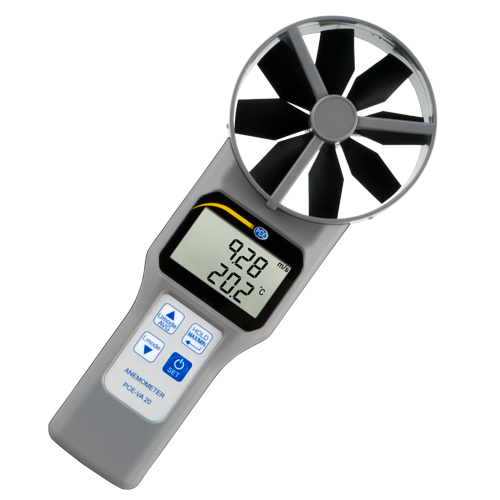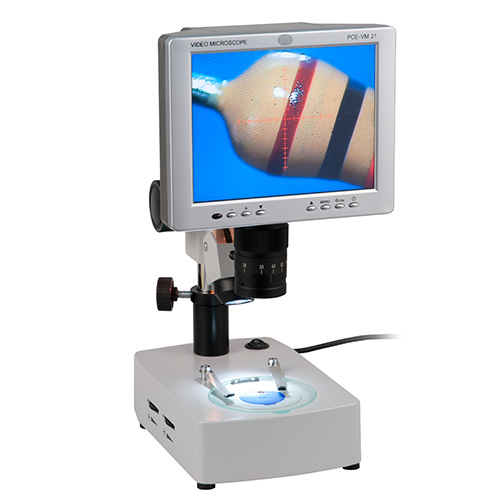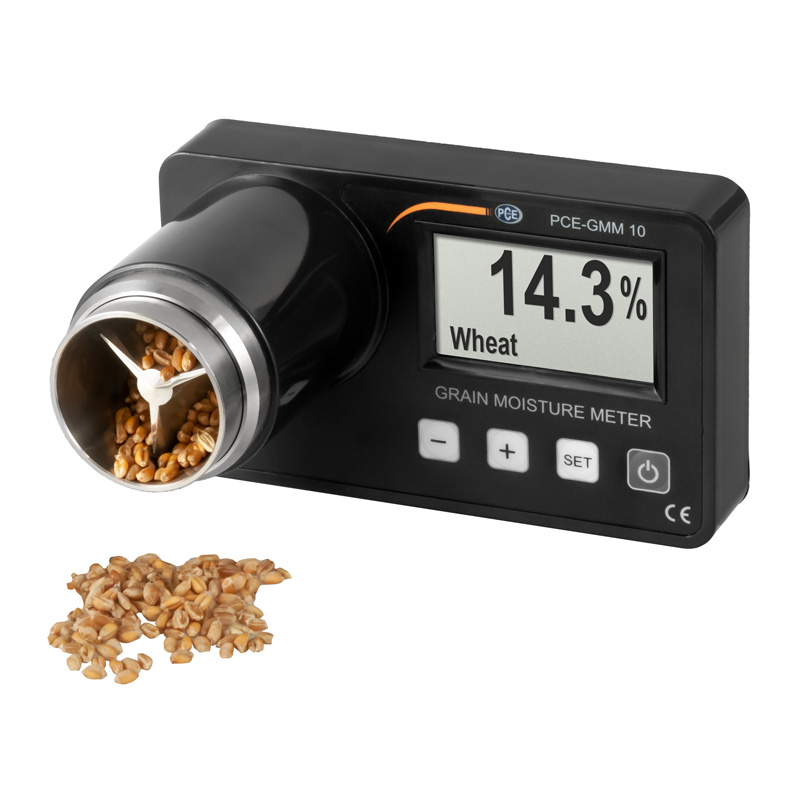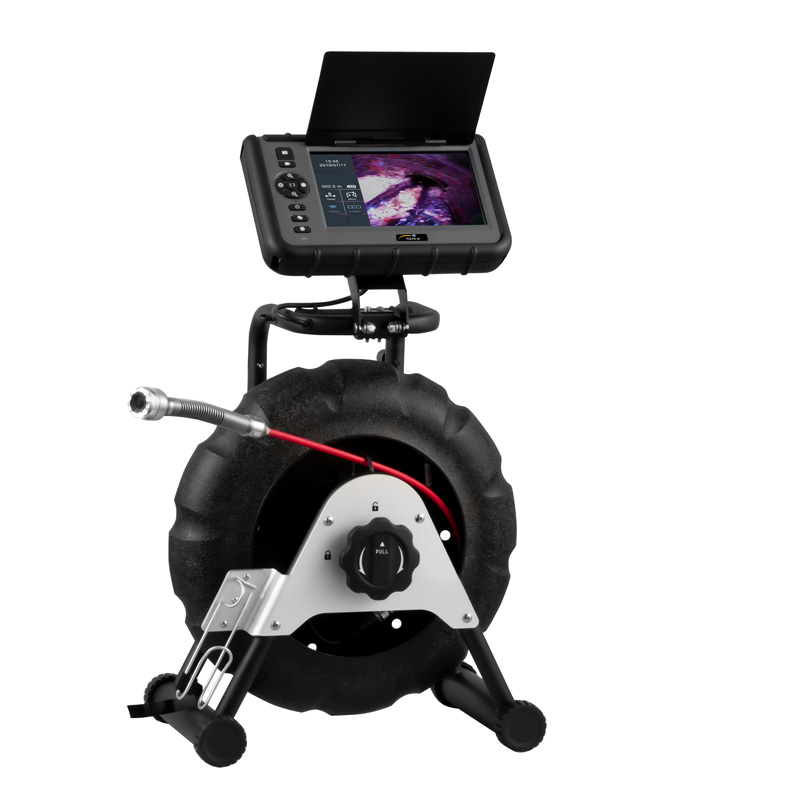Anemometer, a precision instrument designed for measuring the speed and direction of the wind. Anemometers are essential tools in various applications, including meteorology, environmental monitoring, HVAC systems, and outdoor activities. Here are the key features of our Anemometer:
PCE
Anemometer
Key Features:
- Wind Speed Measurement:
- Cup Anemometer Design: Traditional anemometers often use cups mounted on horizontal arms that rotate with the wind. The rotational speed is directly proportional to the wind speed.
- Vane Anemometer Design: Vane anemometers feature a rotating vane that aligns with the wind direction, and the speed of rotation indicates the wind speed.
- Wind Direction Measurement:
- Wind Vane: An integrated wind vane provides information about the wind direction. The vane points into the wind, offering a visual indication of its direction.
- Digital Display:
- Instantaneous Wind Speed: The anemometer typically displays real-time wind speed in units such as meters per second (m/s), kilometers per hour (km/h), miles per hour (mph), or knots.
- Wind Direction: Models with wind direction measurement display the current wind direction.
- Handheld or Fixed Mount:
- Handheld Anemometer: Portable and suitable for on-the-go measurements. Ideal for outdoor activities like sailing, hiking, or field studies.
- Fixed Mount Anemometer: Installed at a fixed location, commonly used in meteorological stations, weather towers, or for monitoring wind conditions at specific sites.
- Cup Material:
- Plastic or Metal Cups: Cups are often made of plastic or metal, and the choice can impact the anemometer’s durability and performance.
- Temperature Measurement (Optional):
- Some advanced models may include a temperature sensor to measure air temperature simultaneously with wind speed and direction.
- Calibration Adjustment:
- The anemometer may have features for calibration adjustment to maintain accuracy over time. Calibration may be necessary periodically.
- Wind Chill Calculation (Optional):
- In models with temperature measurement, the anemometer may calculate wind chill, providing an indication of how the combination of wind speed and temperature affects perceived cold.
- Data Logging (Optional):
- Advanced anemometers may offer data logging capabilities, allowing users to record and analyze wind speed and direction over a specific time period.
- Battery Operated:
- Anemometers are typically powered by batteries, ensuring portability and ease of use in various settings.
- Tripod Mount (Optional):
- Some models include a threaded socket for mounting on a tripod, providing stability during measurements.
- Backlit Display (Optional):
- Anemometers designed for low-light conditions may feature a backlit display for improved visibility.
- Alarms (Optional):
- Certain models may have programmable alarms to alert users when wind speed exceeds specified thresholds.
- Compliance with Standards:
- Our Anemometer is manufactured to comply with relevant industry standards, ensuring accurate and reliable wind speed and direction measurements.








